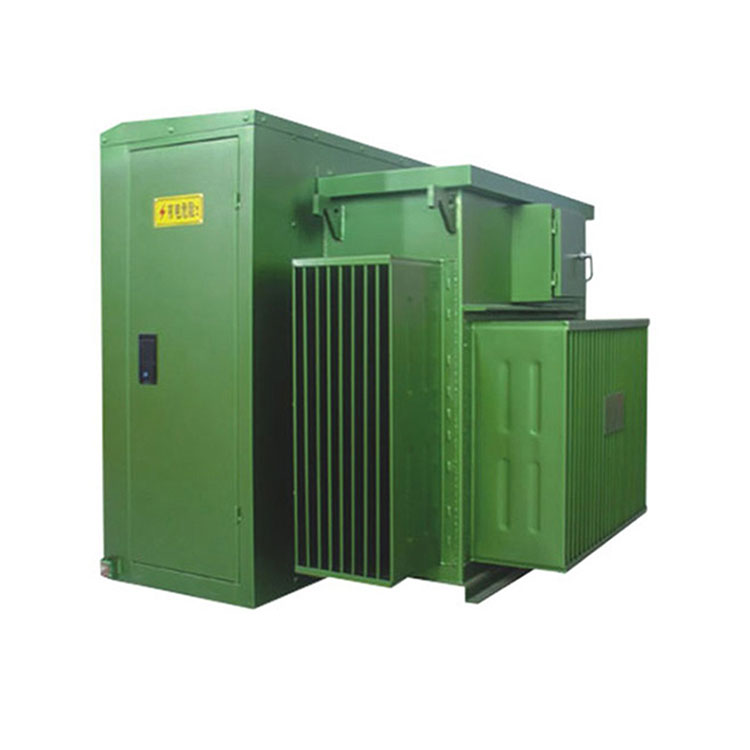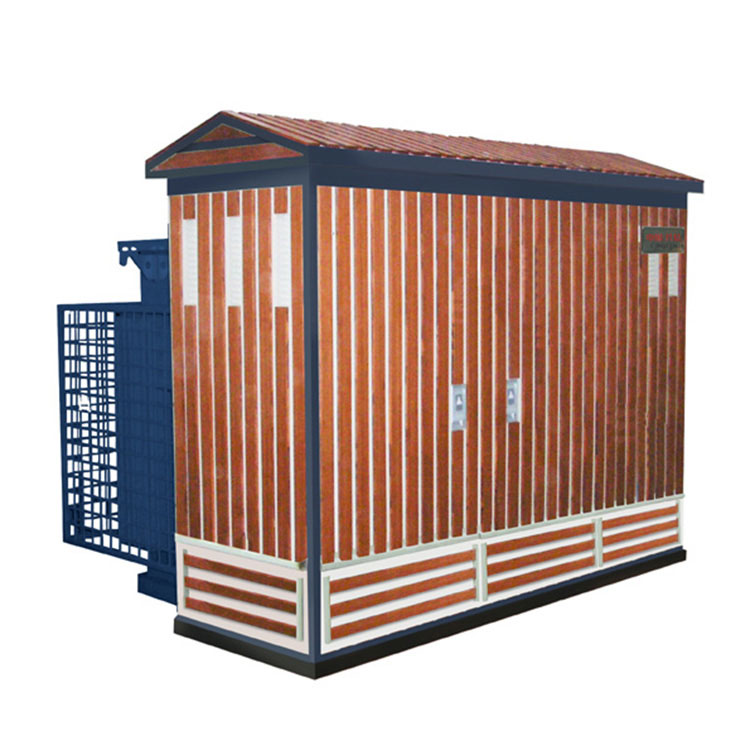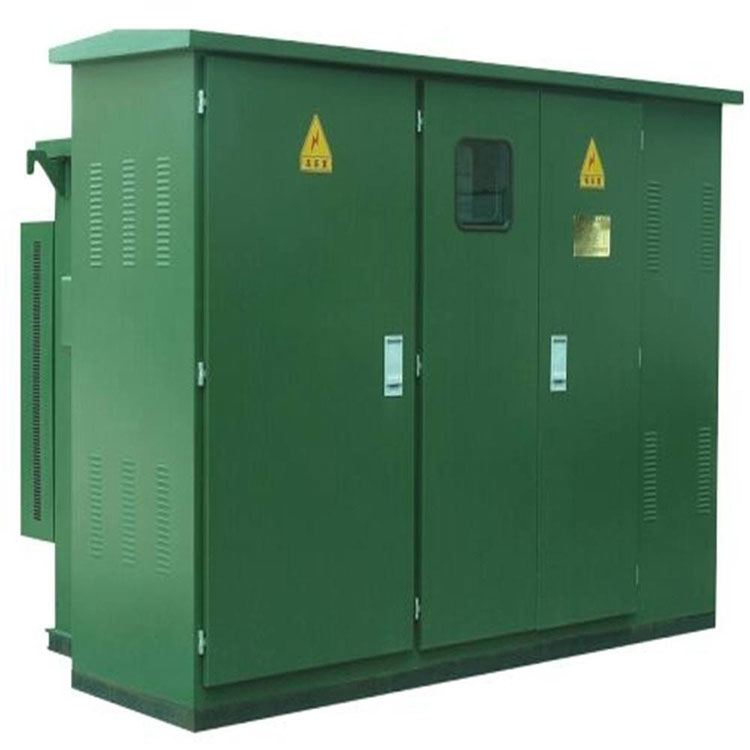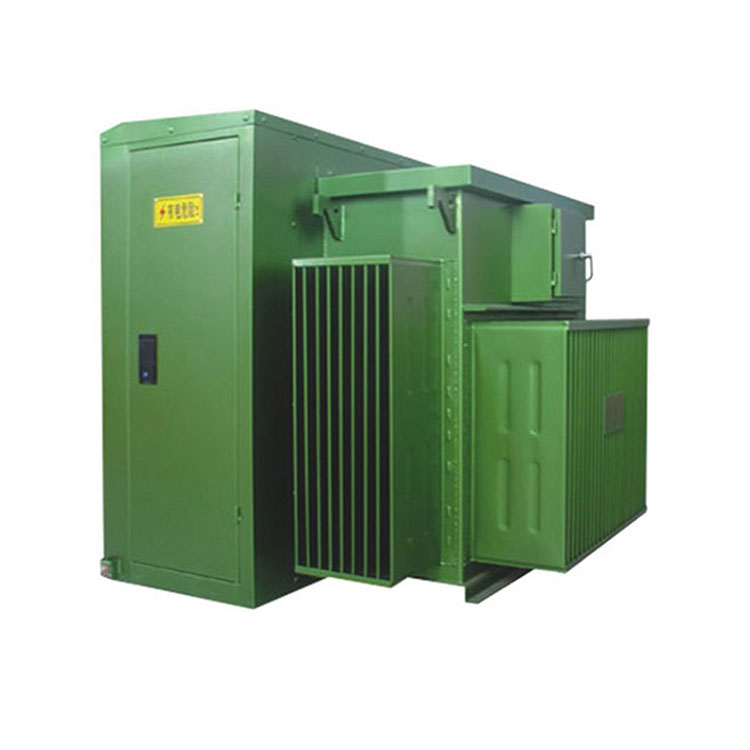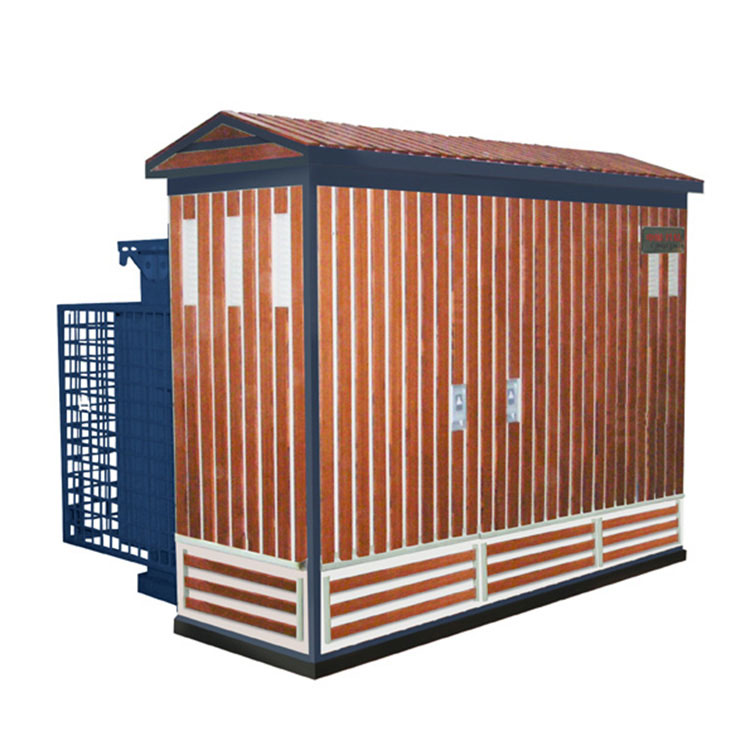- English
- Español
- Português
- русский
- Français
- 日本語
- Deutsch
- tiếng Việt
- Italiano
- Nederlands
- ภาษาไทย
- Polski
- 한국어
- Svenska
- magyar
- Malay
- বাংলা ভাষার
- Dansk
- Suomi
- हिन्दी
- Pilipino
- Türkçe
- Gaeilge
- العربية
- Indonesia
- Norsk
- تمل
- český
- ελληνικά
- український
- Javanese
- فارسی
- தமிழ்
- తెలుగు
- नेपाली
- Burmese
- български
- ລາວ
- Latine
- Қазақша
- Euskal
- Azərbaycan
- Slovenský jazyk
- Македонски
- Lietuvos
- Eesti Keel
- Română
- Slovenski
- मराठी
- Srpski језик
750 Kva Pad Mounted Transformer
Send Inquiry
Video
750 kva pad mounted transformer Features:
1. Small Footprint: The typical footprint of a conventional compact substation is 6 to 10 square meters, while that of an pad mounted transformer is 3 to 3.5 square meters.
2. Elbow Connectors: pad mounted transformers use elbow connectors, which make it very convenient for connecting high-voltage input cables, and these connectors can also serve as load switches in emergency situations, allowing for hot-plugging.
3. Double Fuse Protection: pad mounted transformers employ double fuse protection. The insert-type fuses (BAY-o-net) provide dual-sensitivity (temperature and current) protection for short-circuit faults on the secondary side of the transformer. Backup current-limiting protective fuses (ELSP) protect against internal faults within the transformer, serving the high-voltage side.
4. Transformer Oil: pad mounted transformers typically use high fire point oil (FR3).
5. High-Voltage Load Switch Protection: All components of pad mounted transformers, including fuses, used for high-voltage load switch protection, are placed within the same oil tank as the transformer core and windings.
750 kva pad mounted transformer Technical Parameter:
| Mode Number: | ZGS11-750; |
| Rated Capacity: | 750 kva; |
| Primary Voltage: | 10.5 kV, 13.2kV, 15kV; |
| Secondary Voltage: | 0.4kV, 0.415kV, 0.433kV; |
| Protection Rate: | IP68 for Transformer Tank, IP54 for Enclosure; |
| Relative Humidity: | ≤95%(daily average), ≤90%(monthly average); |
| Noise Level: | ≤ 50 db; |
| Tapping Method: | 5% step, 2.5% for each step; |
| Cooling System: | Oil Nature Air Nature; |
| Rated Breaking Current: | 50 KA. |
CONSO·CN 750 kva pad mounted transformer Detail:
|
Primary Distribution Side
|
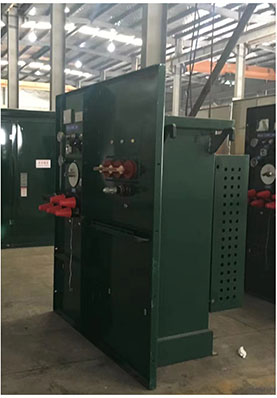
Transformer Body
|
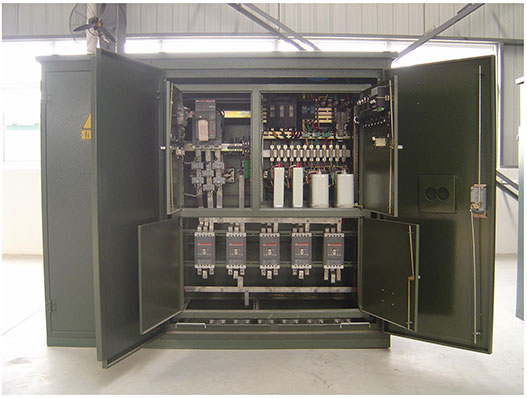
Secondary Distribution Side
|
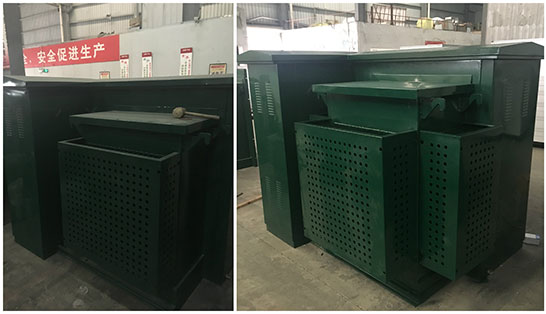
Corrugated Radiator
|

Panel-Type Radiator
|
CONSO·CN 750 kva pad mounted transformer Workshop:

750 kva pad mounted transformer in Process:

750 kva pad mounted transformer Testing Center:

CONSO·CN 750 kva pad mounted transformer Ready to Ship:








